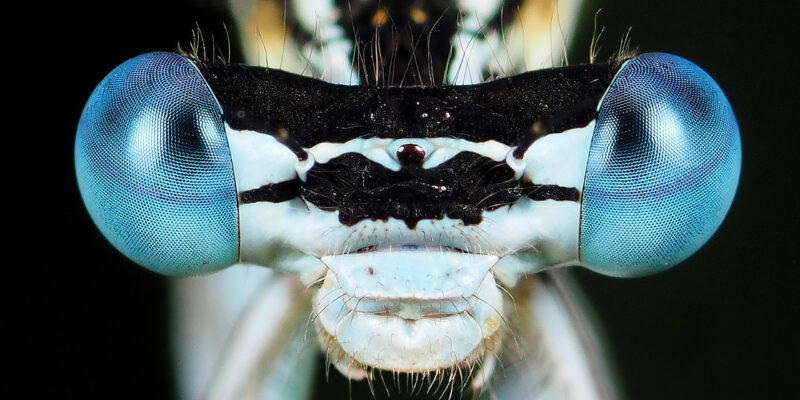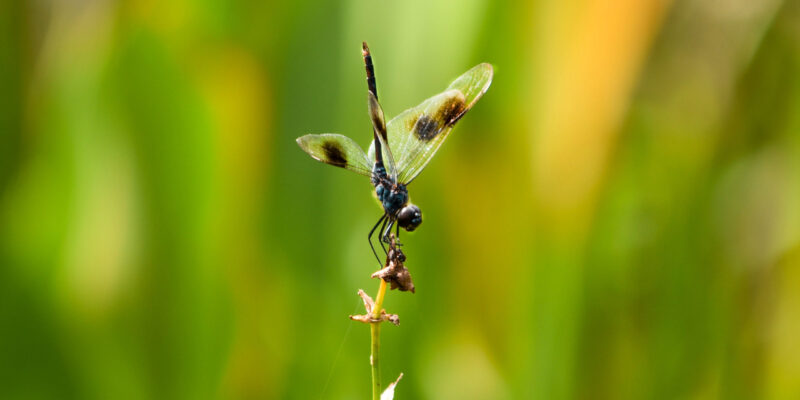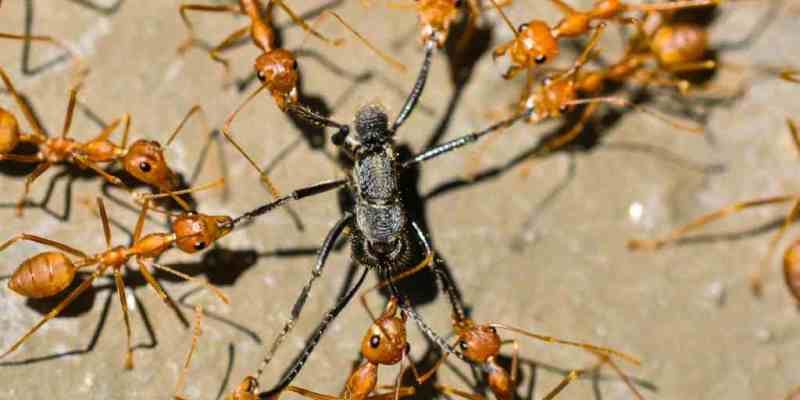Read more about insect sub-classes

PalaeopteraPrimitive winged insects, with their wings held upright or outstretched at rest and incomplete metamorphosis.
The winged insects, or Pterygota, are undoubtedly a monophyletic group in that wings have developed only once in their evolutionary history; moreover the possession of wings has probably been the single most important factor in the success of insects as a whole.
Within this group there are two distinct kinds of wing construction; in the Palaeoptera the wings can only be held upright or outstretched at rest, whereas in the Neoptera the wings can be flexed or folded flat over the body. The difference is simply due to a muscle attached to a small sclerite at the base of the wing.
By enabling the twisting and folding of the wings this small muscle has probably enabled insects to evolve the complex wing-cases seen in several groups, as well as other adaptations. It seems clear that the presence of this flexor muscle, along with other related features, means that the Neoptera are a monophyletic group.
The situation in the Palaeoptera is less certain, as some characters support the monophyly of the group, while others suggest that it is paraphyletic. In either case, the Palaeoptera are generally considered as the most primitive of the winged insects, comprising the Ephemeroptera and Odonata. The fact that both groups have aquatic juvenile stages is probably the result of convergence, as it is unlikely to be the primitive condition of the insects.

Insect orders in this sub-class
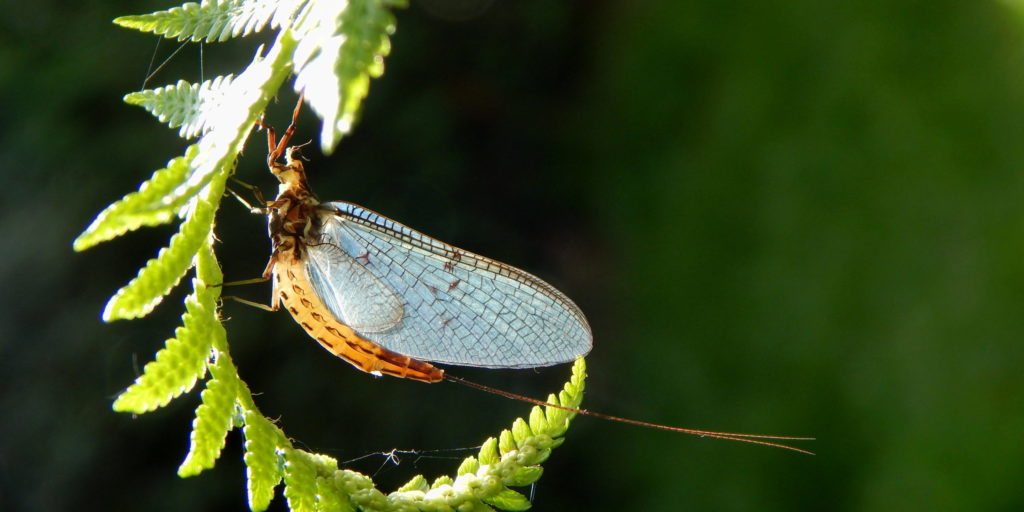
Mayflies or upwing flies
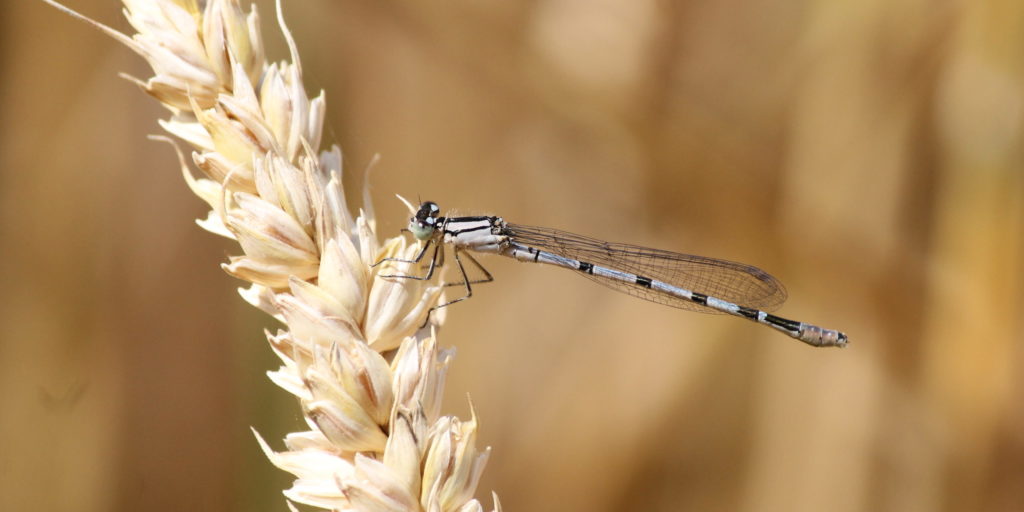
Dragonflies and damselflies


